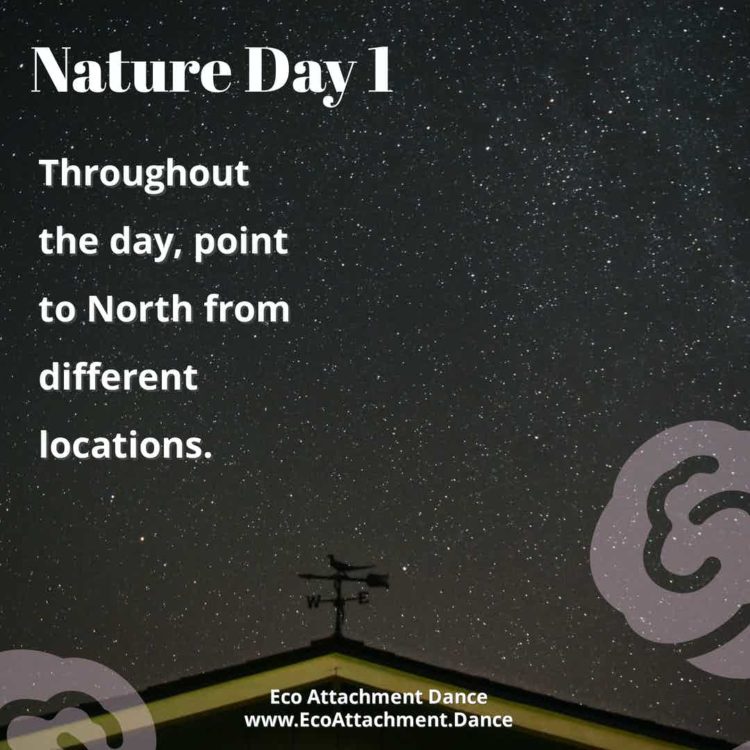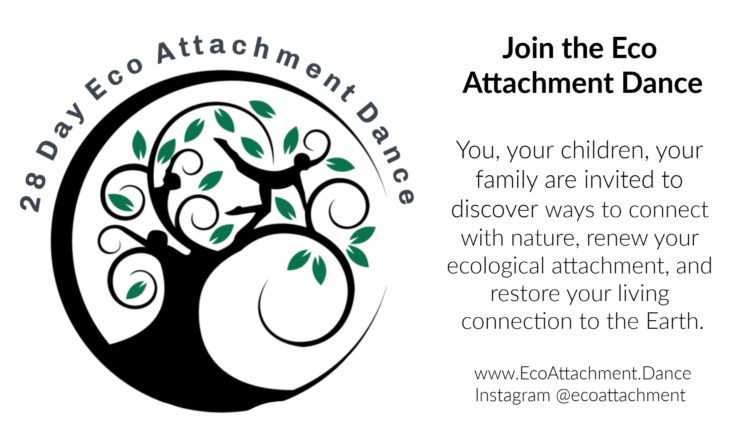Socially Distanced? Get Closer to Nature
You can connect to nature wherever you are.
What makes us human? We know that we are biosocially constructed creatures. That is, the way we are treated, especially in early life, co-constructs our biology, and that biology affects our sociality later (Narvaez, 2014). For example, if we are highly stressed as a fetus or baby, we may develop a stress-reactive brain (perceiving threats when there are none) and body (inflammation) leading to psychological and physical ill health. Thus our human caregivers have a great influence on how we become.

But humans did not evolve as isolates, among humans alone, apart from the earth. We need the sunshine (sunning) and the earth (earthing) to keep us healthy (and decrease inflammation from cortisol). We need potable water and clean air to live. We rely on plants and animals as food and sources for virtually all our needs. We would die without these gifts. And we are actual communities ourselves—90-99% of the genes we each carry are not human; they are the genes of the microorganisms that keep us alive (Dunn, 2011).
However, when we spend the majority of our time in human-built environments—physically in houses, buildings, cars, mass transport, mentally online, in social media, with information or entertainment—we can easily forget where our true source of life is: in the natural world.
In fact, children are born ready to discover the way the world is made (Cobb, 1977). This includes nature immersion: watching a seed grow, birds fly, animals play, and taking on the roles of animals and learning from them.
Paul Shepard, a pioneer in a transdisciplinary ecological science, suggested and showed how Nature makes us human. He noted:
“Most people most of the time in the history of civilization have lived under tyrants and demagogues, cued to despair and hopelessness. Today we are subject to progress, centralized power, entertainment, growth mania, and technophilia that produce their own variety of “quiet desperation.” This desperation arises not only from lack of attachmentto place but also from lack of kinship with the larger community of all life on earth.” (Shepard, 1998, p. 14)
Humanity’s actions today are embedded in the sixth mass extinction, a massive die off of vertebrate life on the earth caused primarily by human activities (Kolbert, 2014). Although ecologists have been warning for decades if not centuries about the demise of living beings on the earth, an intellectual acknowledgment seems not to reverse humanity’s actions.
In one of his last talks before his death in 1996, Shepard (1994) imagined a letter from the rest of Nature delivered to humans:
“We are marginalized, trivialized. We have sunk to being objects, commodities, possessions. We remain meat and hides, but only as a due and not as sacred gifts. They have forgotten how to learn the future from us, to follow our example, to heal themselves with our tissues and organs, forgotten that just watching our wild selves can be healing. Once we were the bridges, exemplars of change, mediators with the future and the unseen.
[Humanity’s] own numbers leave little room for us, and in this is their great misunderstanding. They are wrong about our departure, thinking it to be a part of their progress instead of their emptying. When we have gone, they will not know who they are.”
Several activists have advocated building nature connection (e.g., Young, 2019). What is needed is a sense of belonging to nature, feeling it as part of ourselves. What is the sense of kinship like?
“[It] requires a kind of vision across boundaries. The epidermis of the skin is ecologically like a pond surface or a forest soil, not a shell so much as delicate interpenetration. It reveals the self ennobled and extended…as part of the landscape and the ecosystem, because the beauty and complexity of nature are continuous with ourselves…we must affirm that the world is a being, a part of our own body.” (Shepard, 1969, p. 2-3)
There are ways to get back to this longstanding way of feeling with the rest of the natural world. As mentioned in a prior post, in an experiment published by my lab, we found that we could help people increase their sense of nature connection with daily practices of a few minutes over a three-week period.
You can increase your nature connection with daily practice.
Because of the experiment’s success, we have set up a similar opportunity for the public to do the same over a month’s time through Instagram, alone or with others. Five minutes a day. You can take a pretest and then a post-test to see if it helped you. It’s voluntary and anonymous. Check it out here.

References
Cobb, E. (1977). The ecology of imagination in childhood. New York: Columbia University Press.
Dunn, R. (2011). The wild life of our bodies: Predators, parasites, and partners that shape who we are today. New York: Harper.
Kolbert, E. (2014). The sixth extinction: An unnatural history. New York, NY: Henry Holt.
Narvaez, D. (2014). Neurobiology and the development of human morality: Evolution, culture and wisdom. New York, NY: W.W. Norton.
Shepard, P. (1994). The origin of the metaphor: The animal connection. Writings on the Imagination lecture series. New York: Museum of Natural History. Downloaded on June 27, 2020 from https://paulhoweshepard.wordpress.com/twotexts/
Shepard, P. (1996). The others: How animals made us human. Washington, DC: Shearwater Press.
Young, J. (2019). Connection modeling metrics for deep nature-connection, mentoring and culture repair. In D. Narvaez, Four Arrows, E. Halton, B. Collier, G. Enderle (Eds.) (2019). Indigenous Sustainable Wisdom: First Nation Know-how for Global Flourishing (pp. 219-243). New York: Peter Lang.

